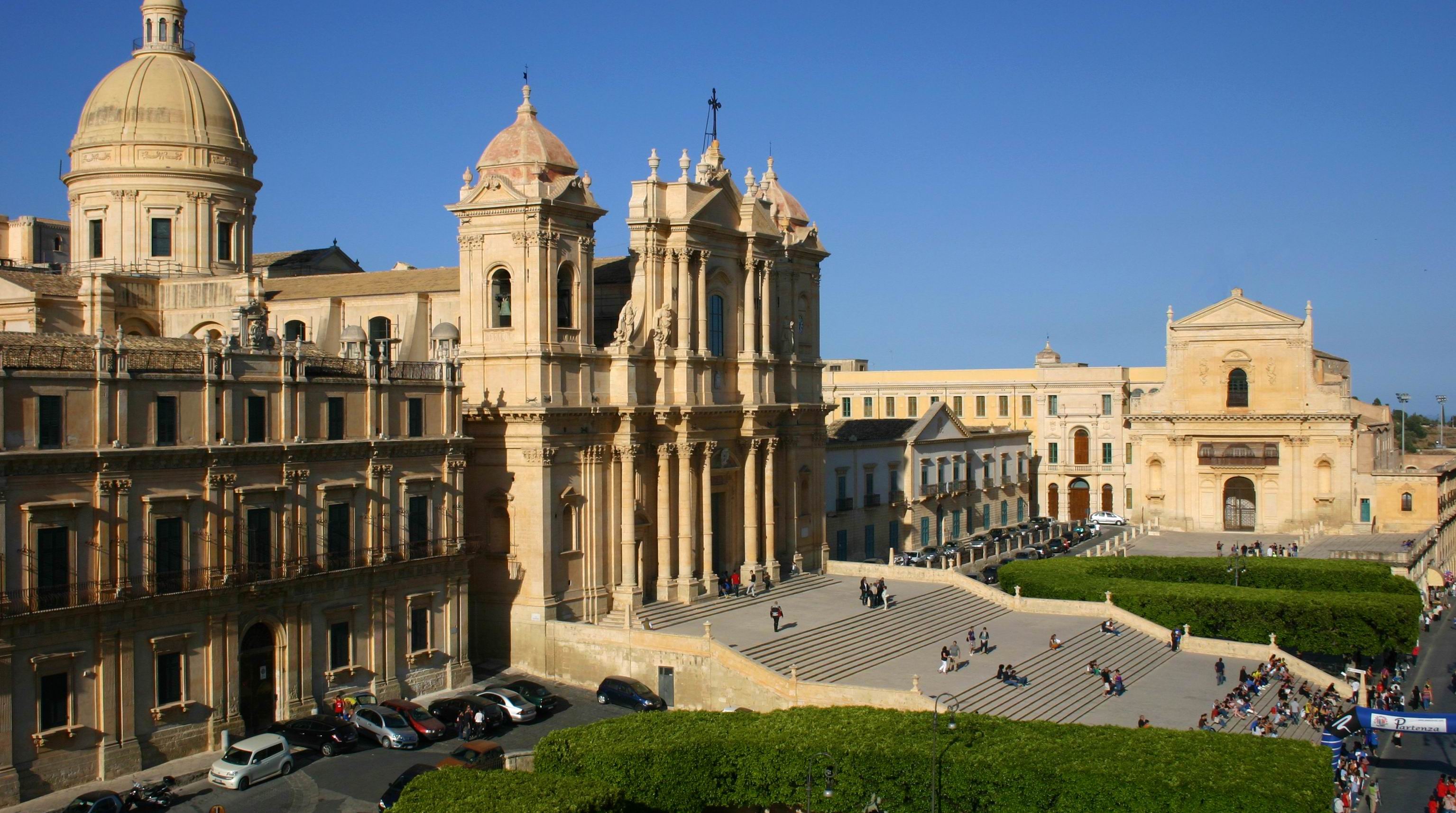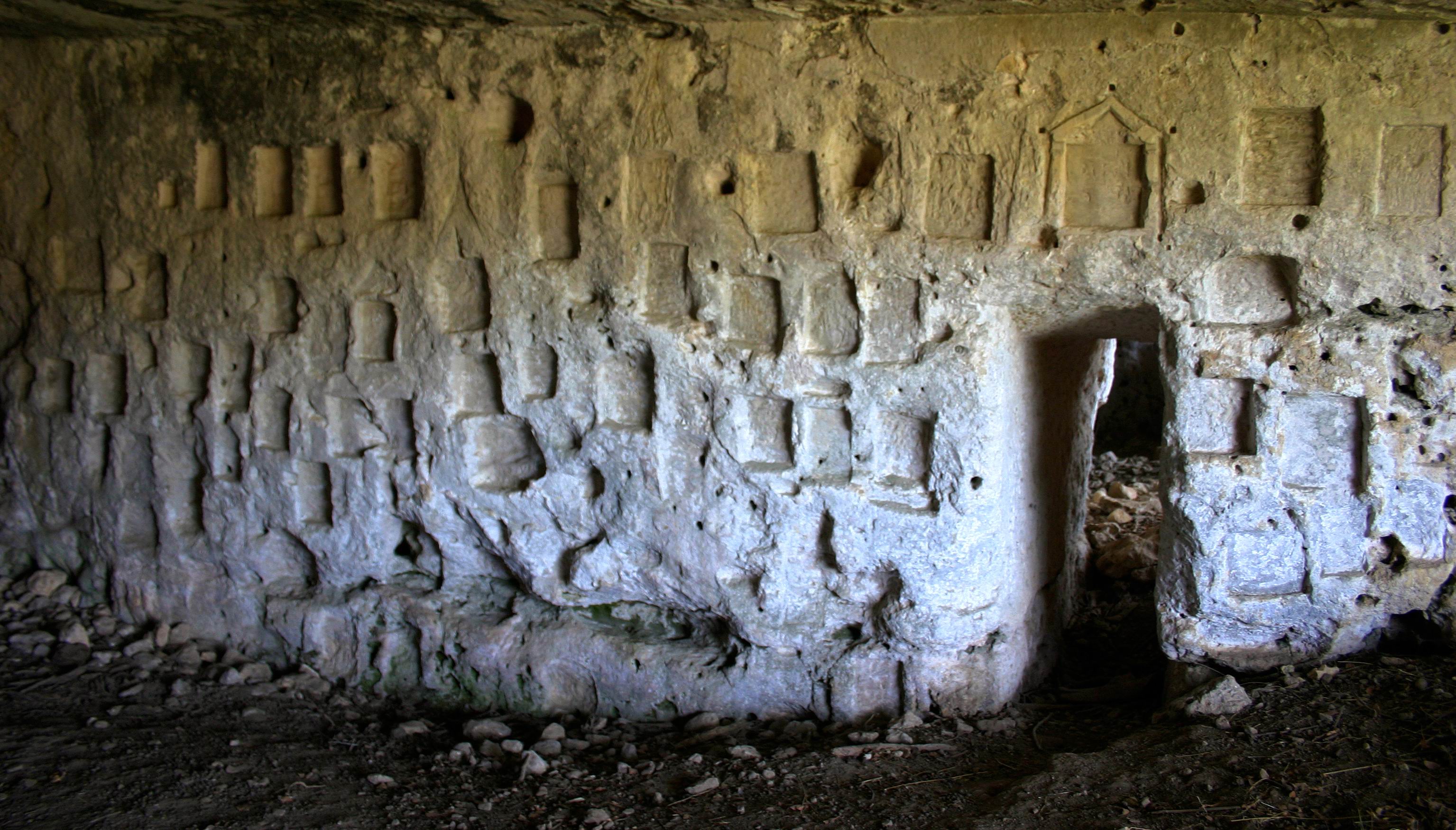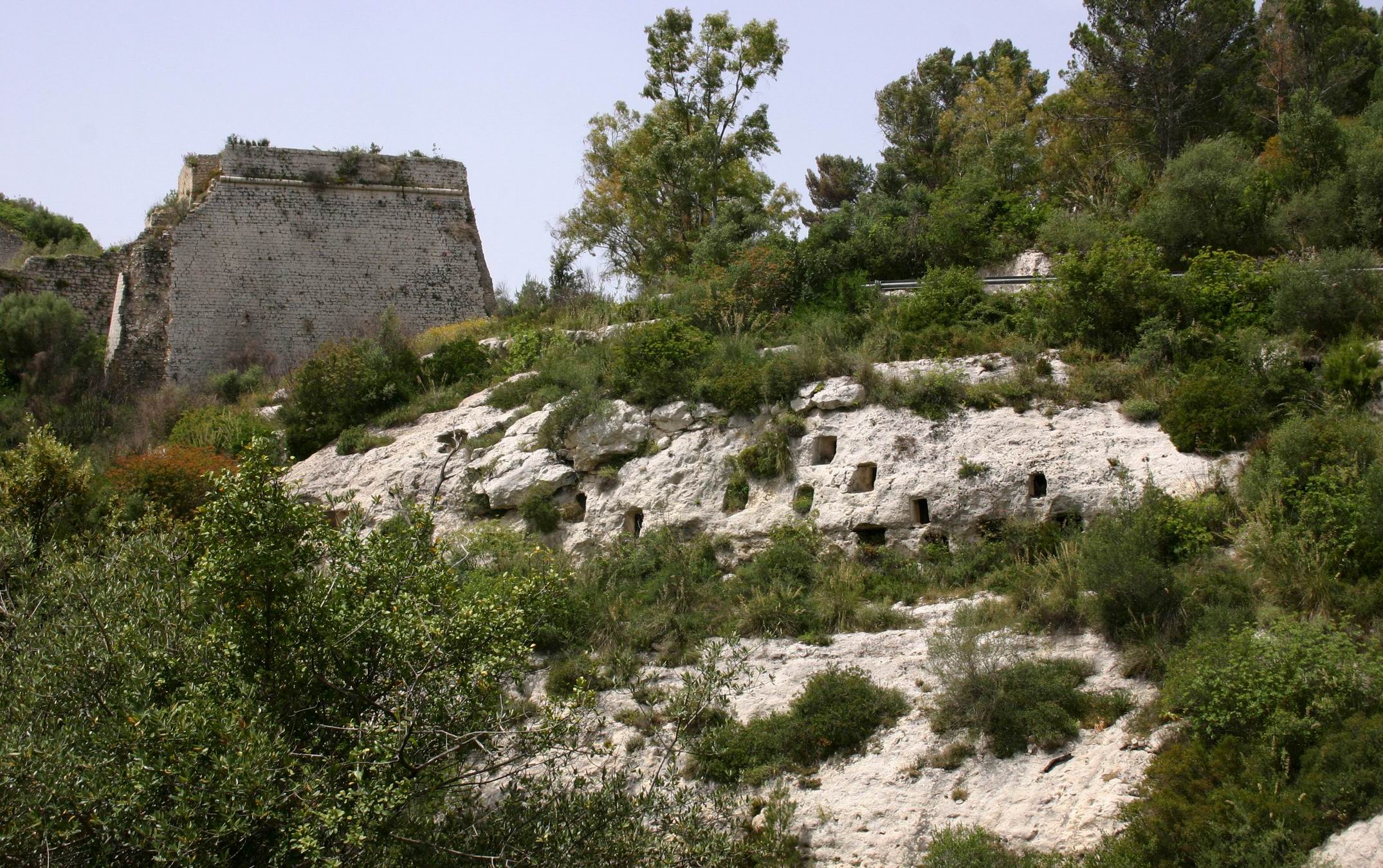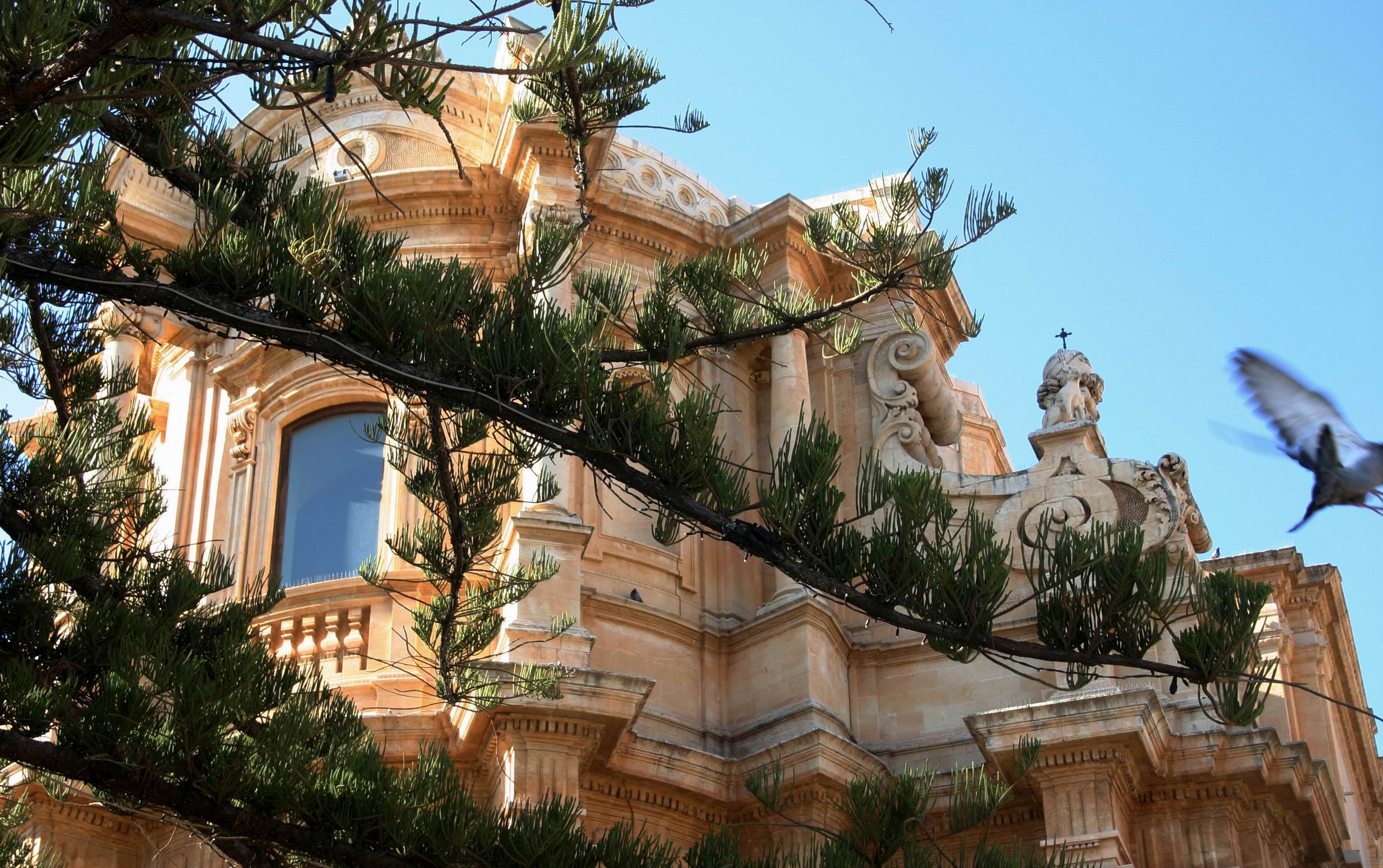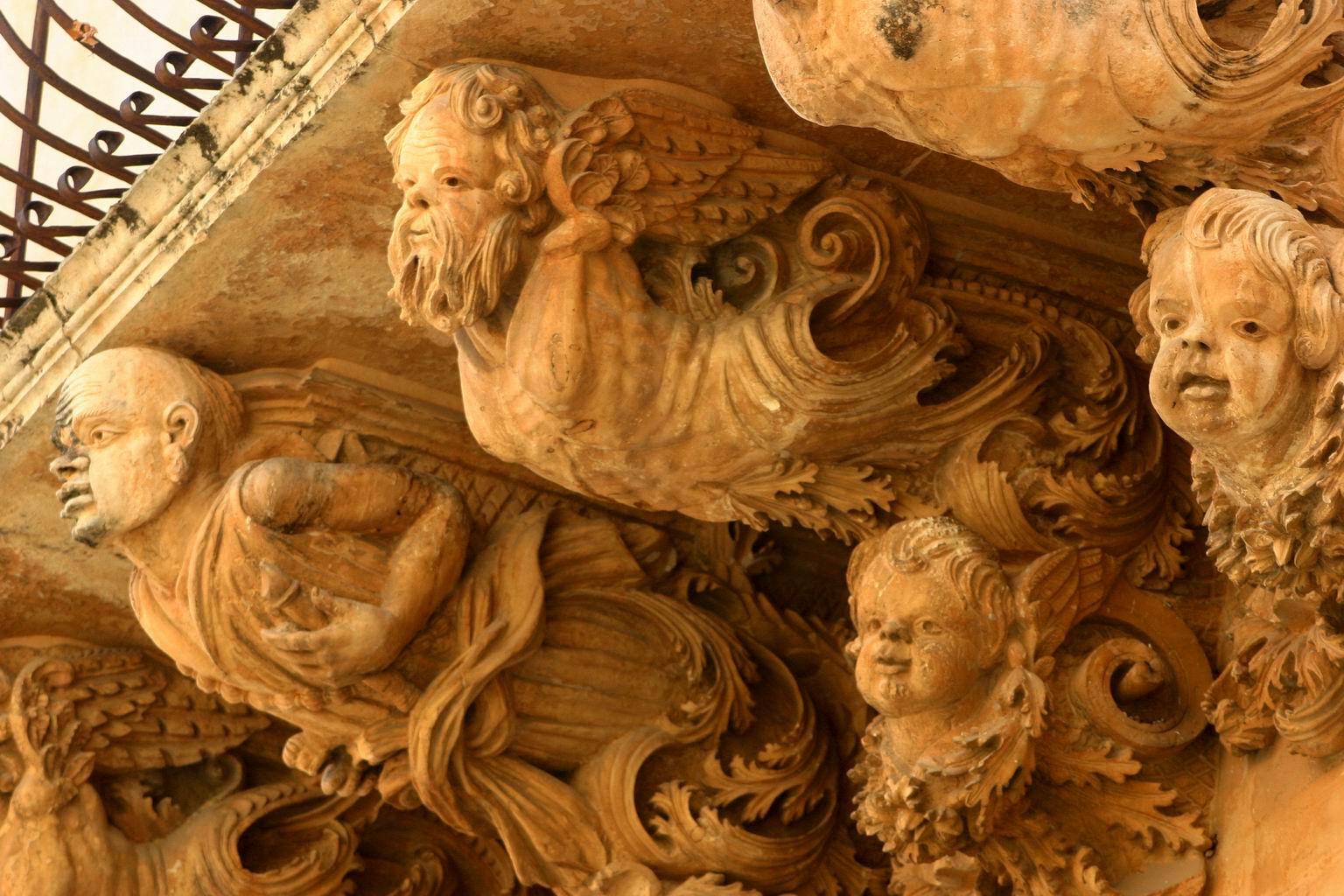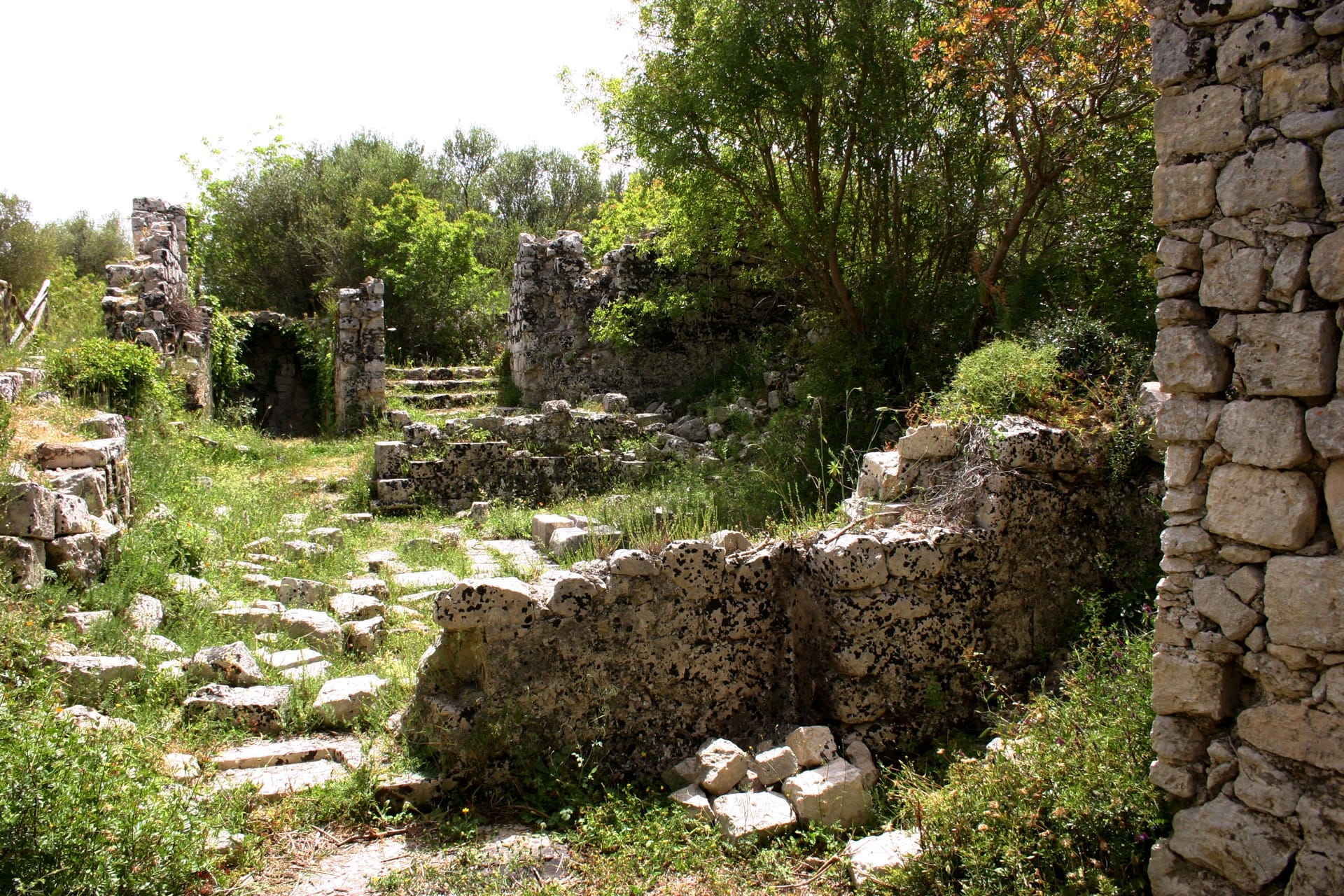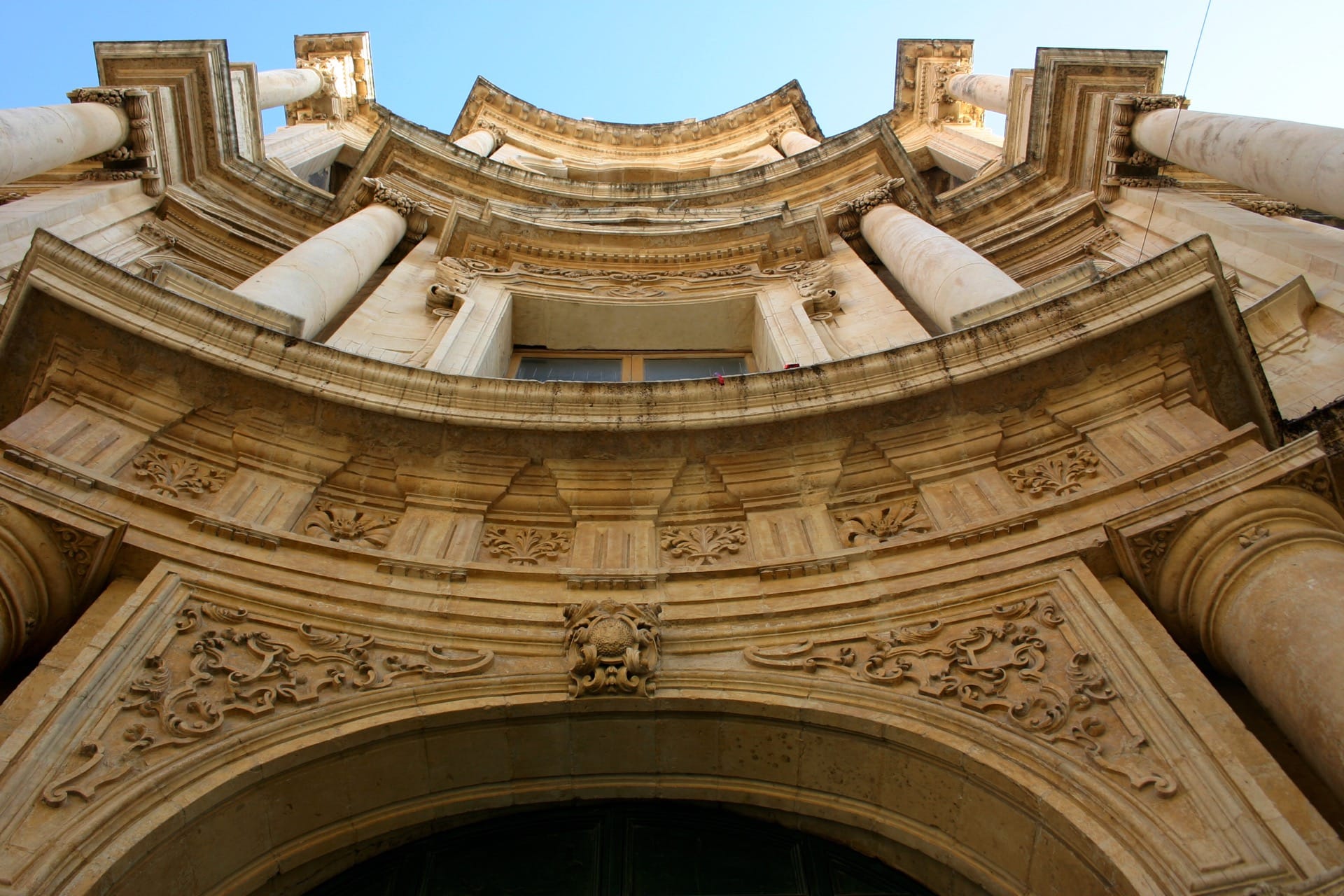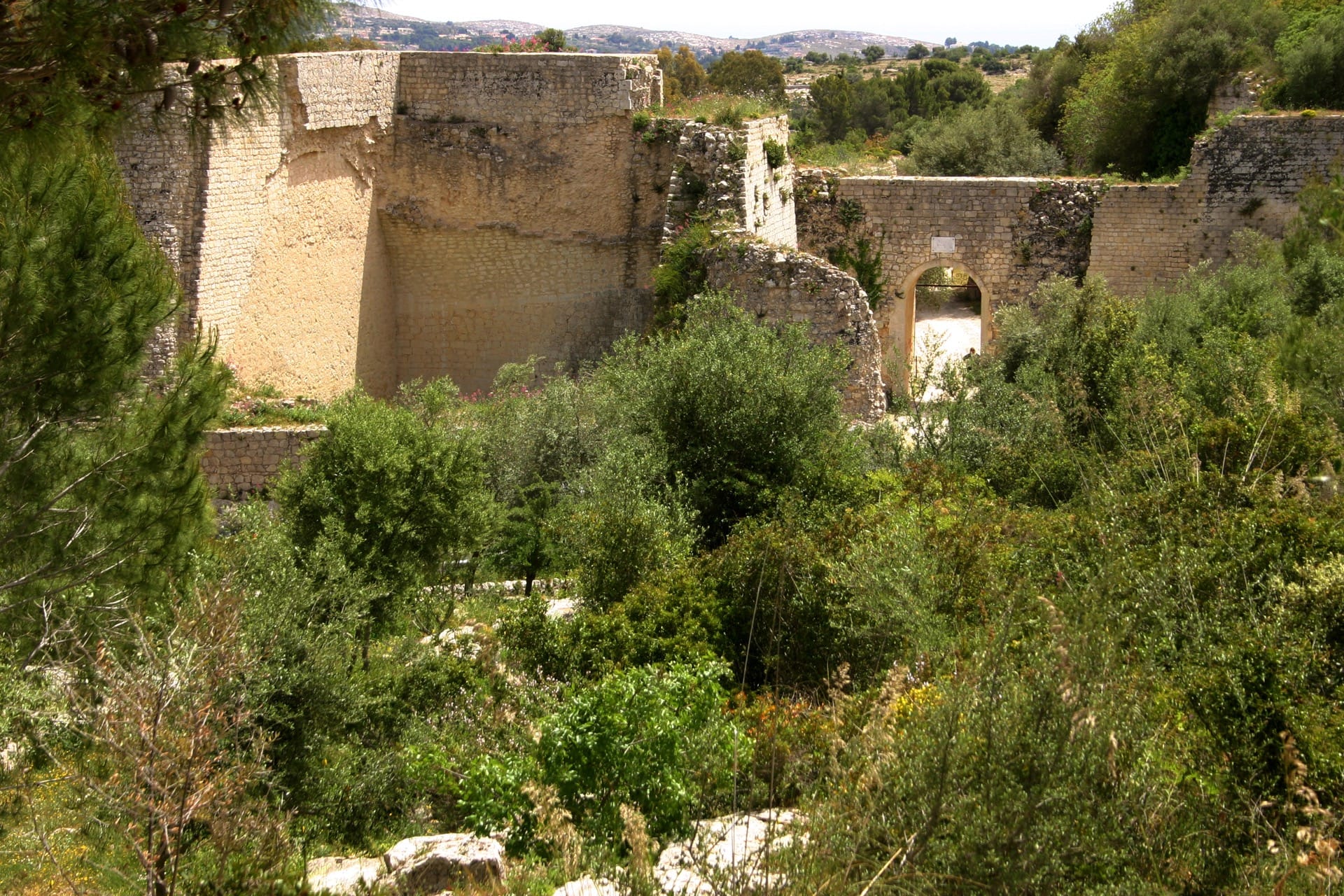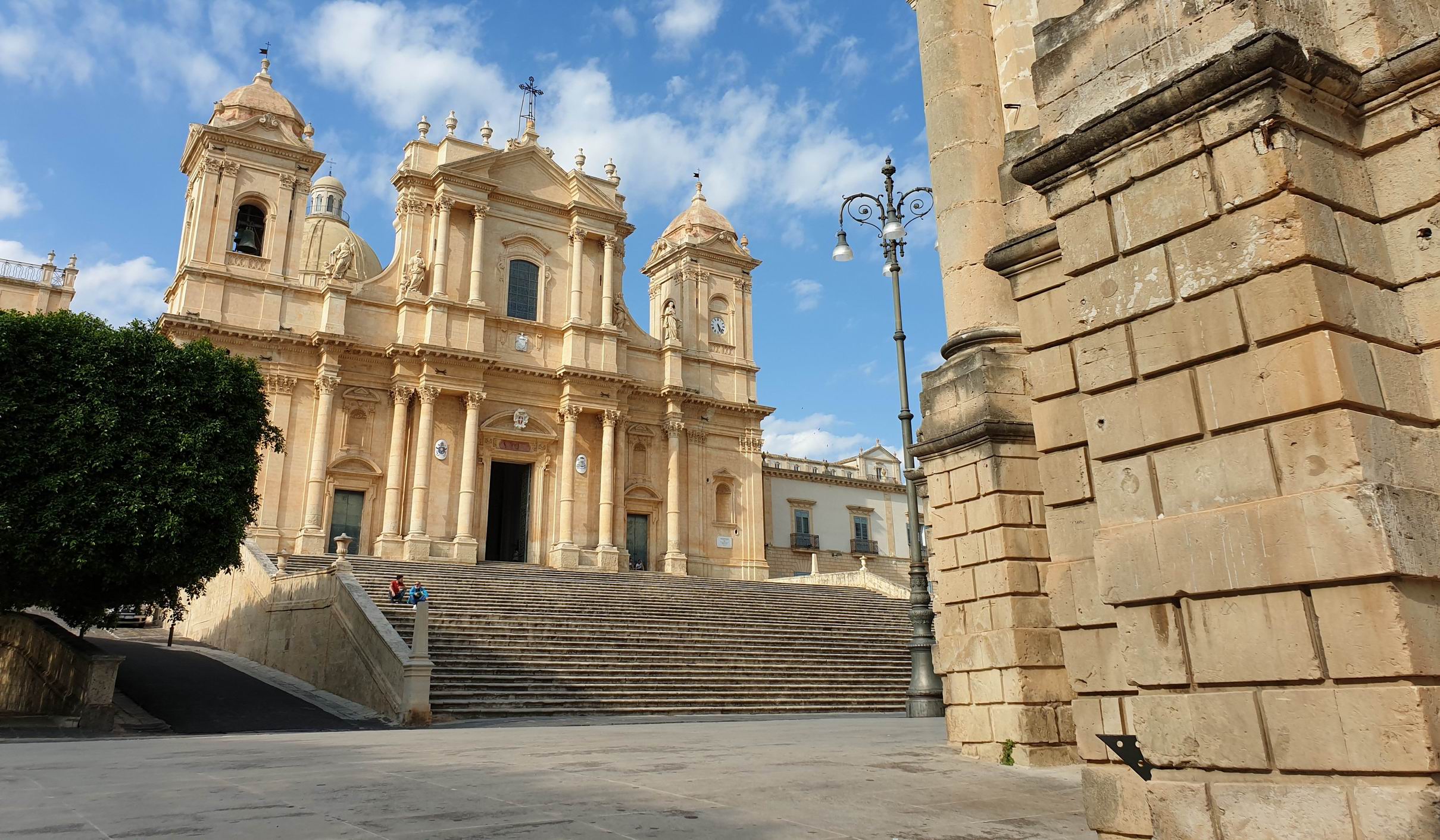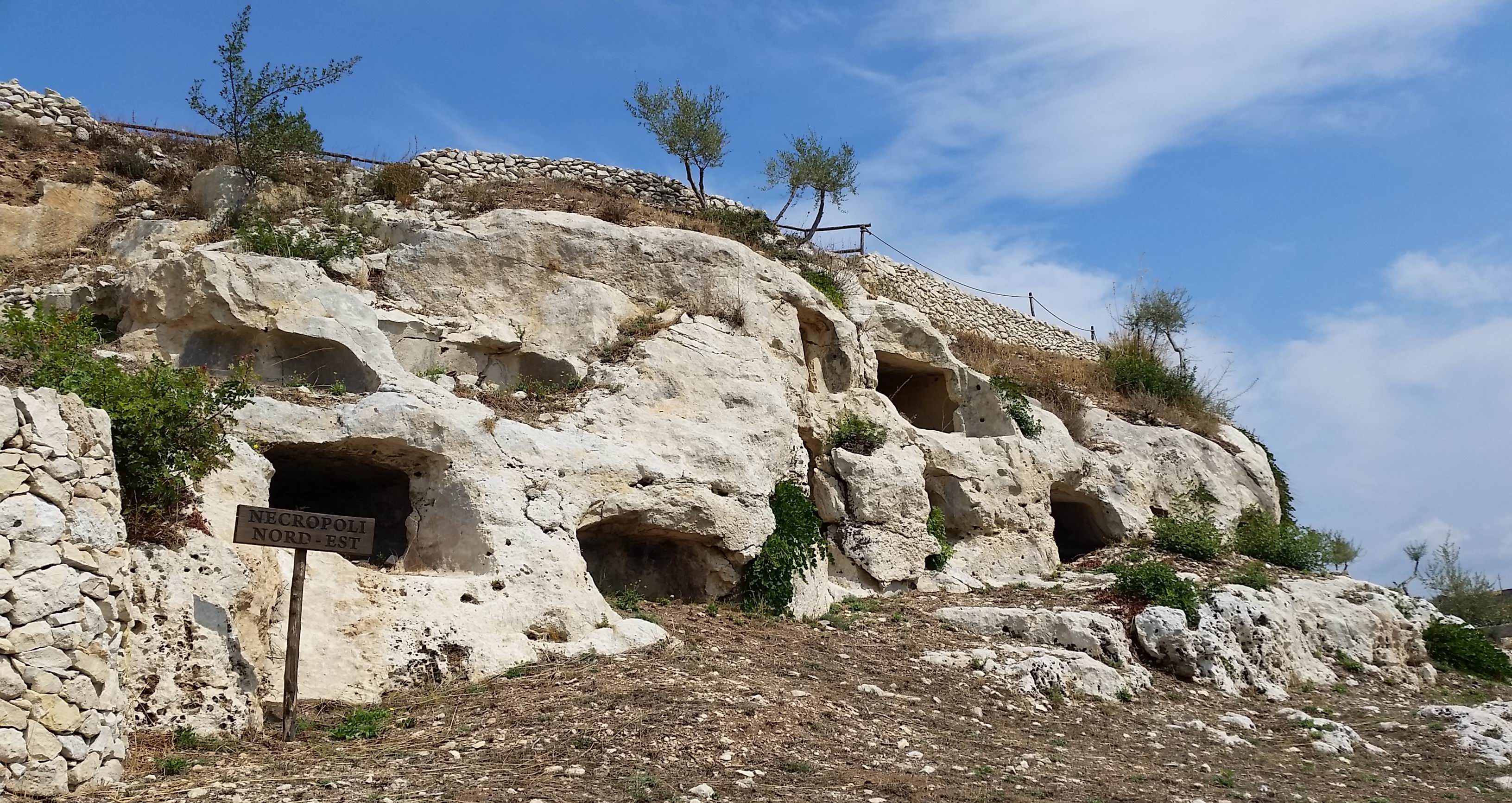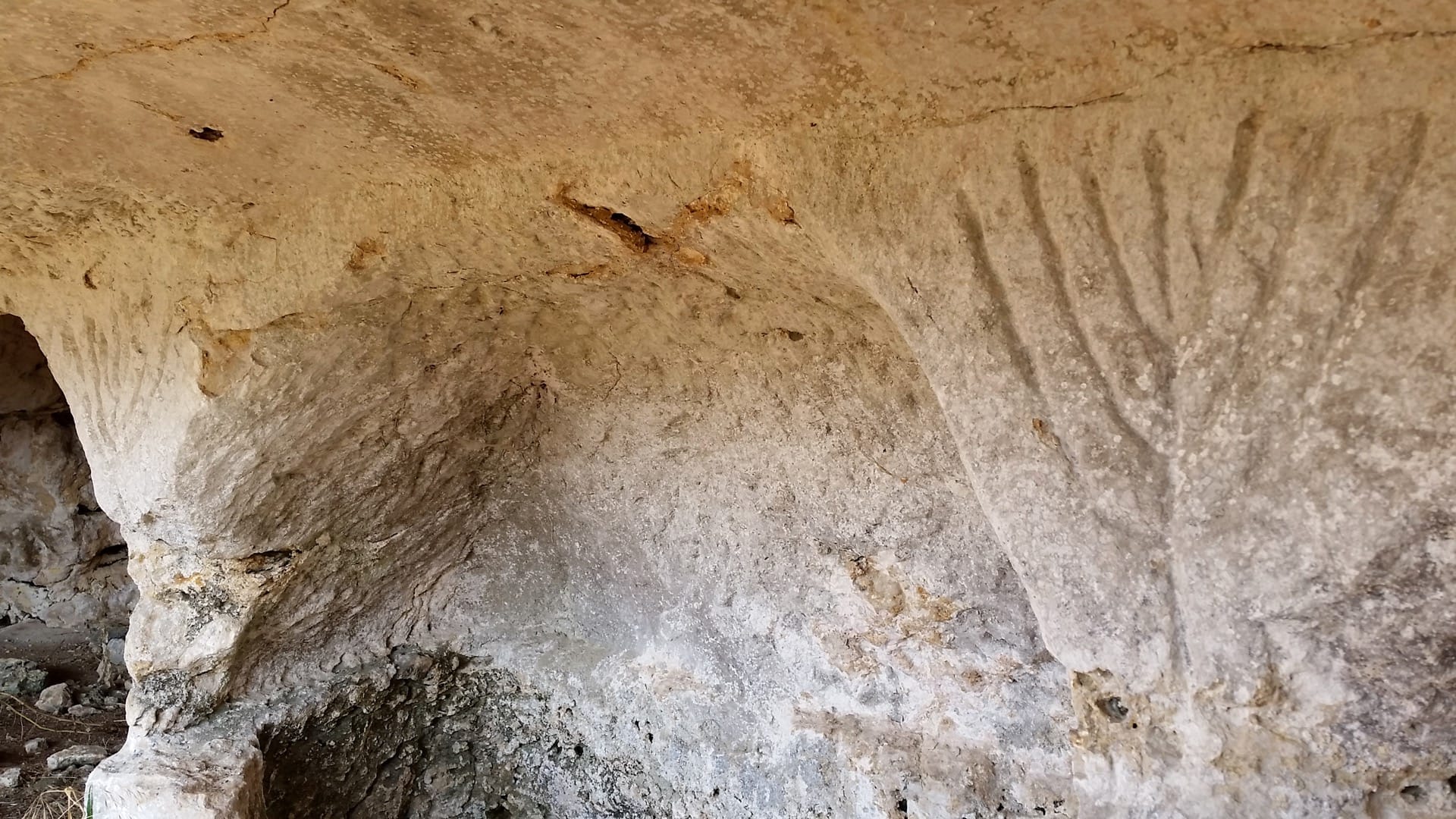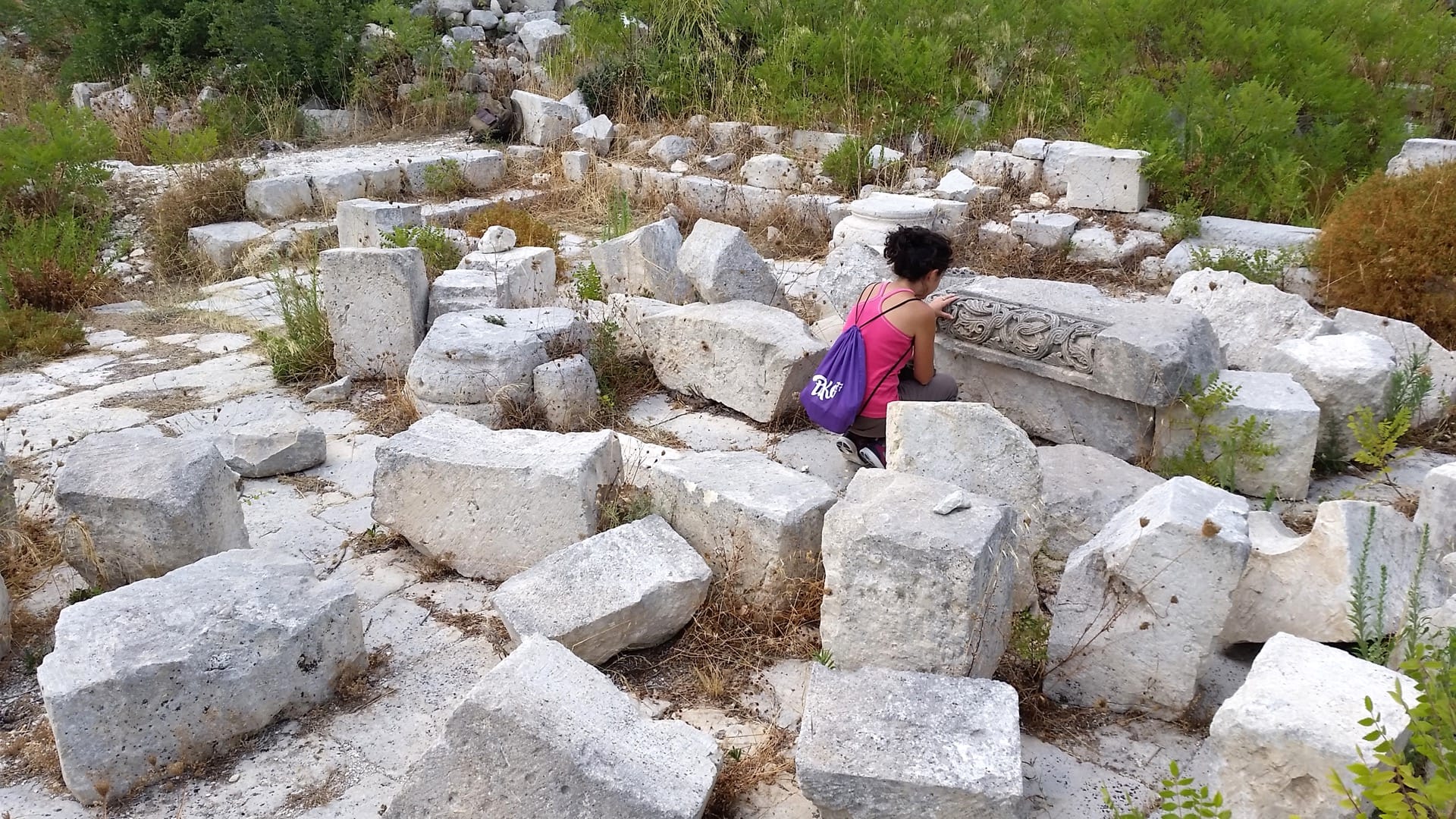A devastating earthquake struck the “ingenious city” of Noto on 11th January 1693. It killed hundreds of people and destroyed many civil and religious buildings. As a consequence, the Netini (people from Noto) abandoned the ancient site of Mount Alveria, which had been inhabited since the 18th century BC, to rebuild the city on a hill that was nearer to the coast. The construction of the new city followed the modern architectural features of the Late Baroque.
On this private cultural tour, we will go through the long history of the city by seeing what remains of the Sikel Neas, Greek Neaiton, Roman Netum, and Medieval and Modern Noto.
We will start the day tour with a hike among the ruins of the old town whose site, surrounded by deep canyons, is like a palimpsest preserving the traces of Sicilian history. From the protohistoric Sikel tombs to the remains of the Greek walls, from the Christian and Jewish catacombs to the medieval castle and the monuments of the 16th and the 17th centuries, you will travel through time.
In Noto, we will then walk along the main streets and narrow alleys of the town, to admire the enchanting facades of churches, convents, and palaces built by the most important religious orders and aristocratic families. This magnificent “stage setting”, set along the slope of Monte Meti between the 17th and the 19th centuries, was achieved in accordance with a uniform plan, and complying with the models of the late Baroque architecture.



